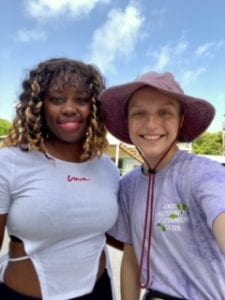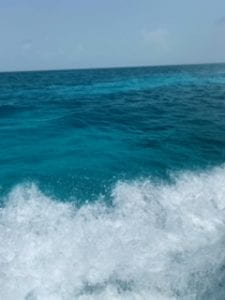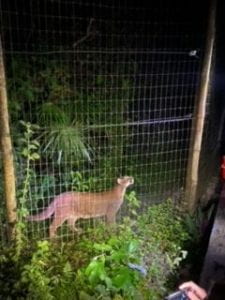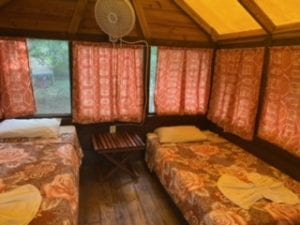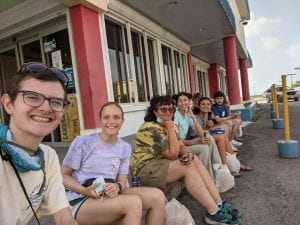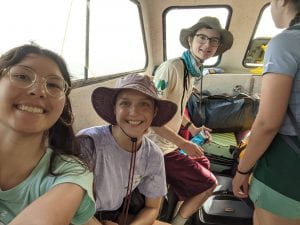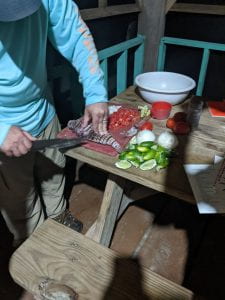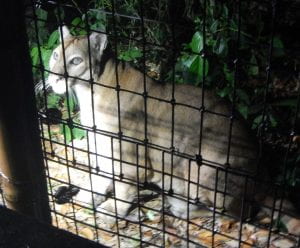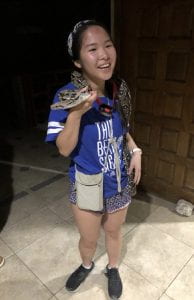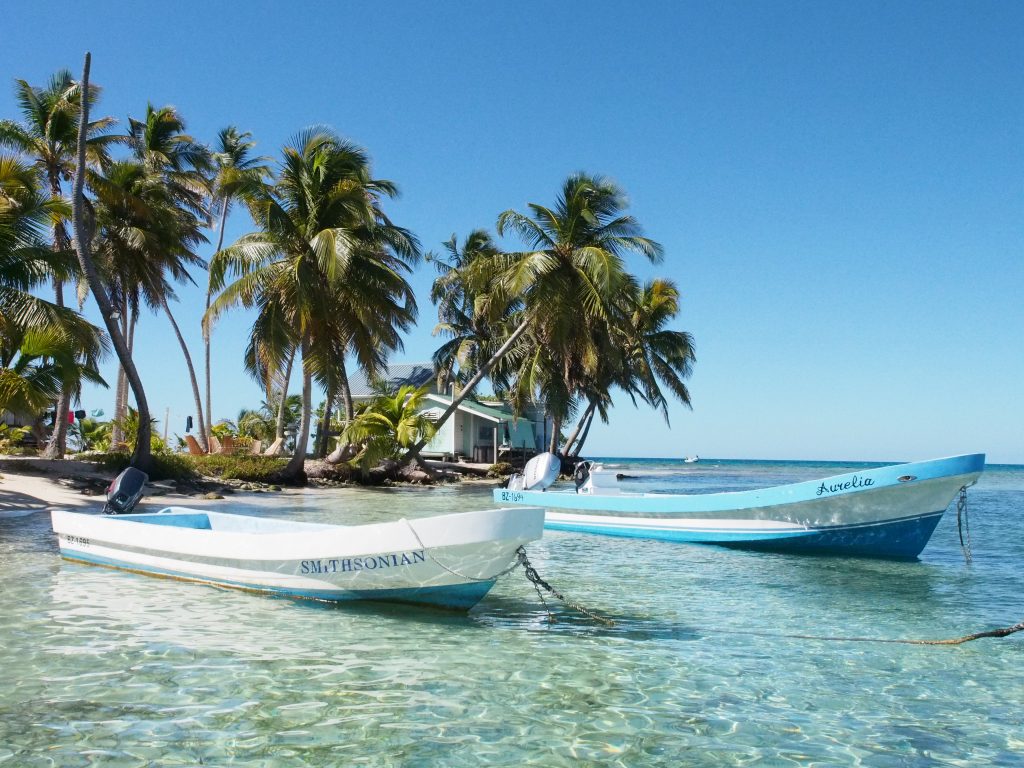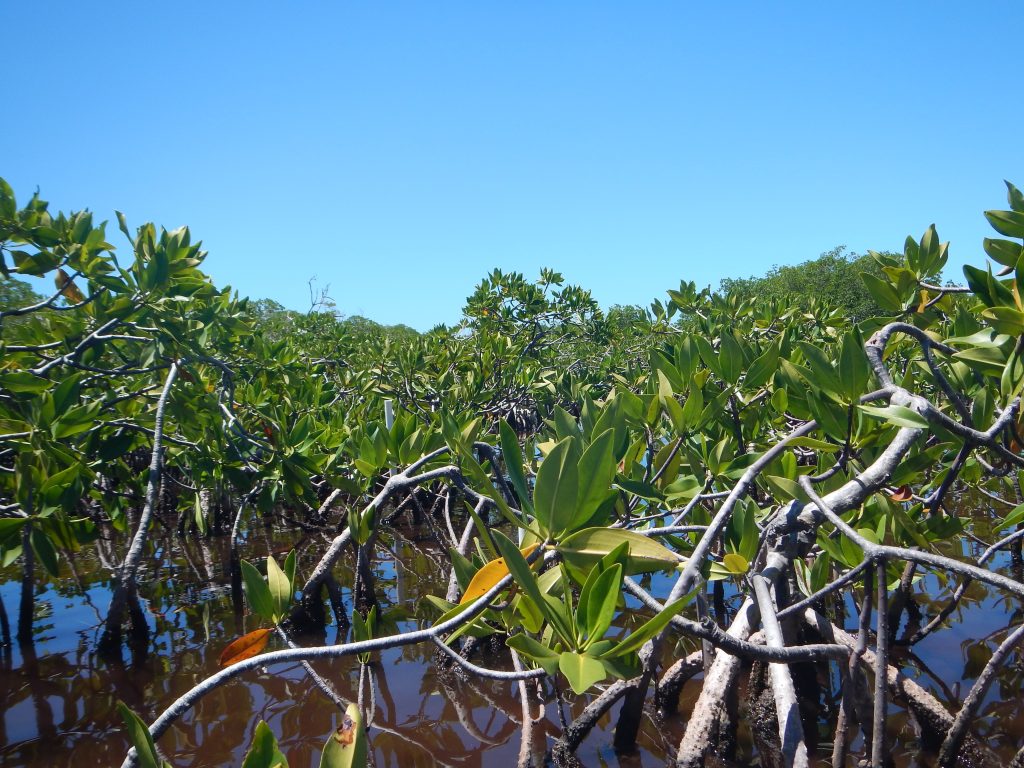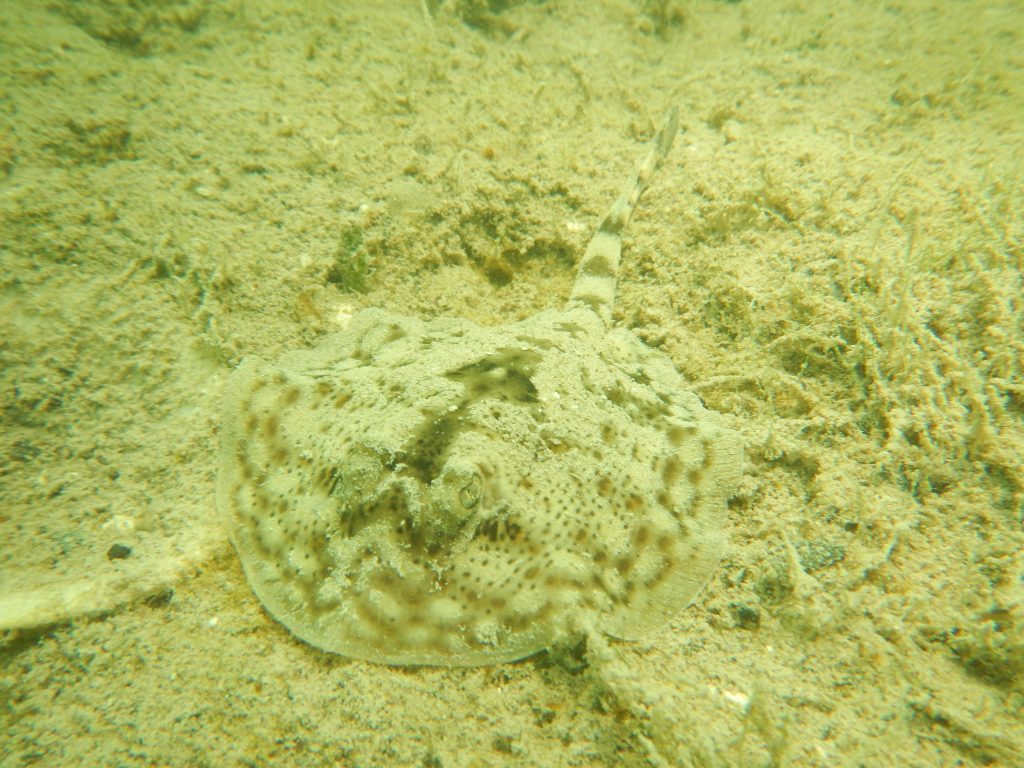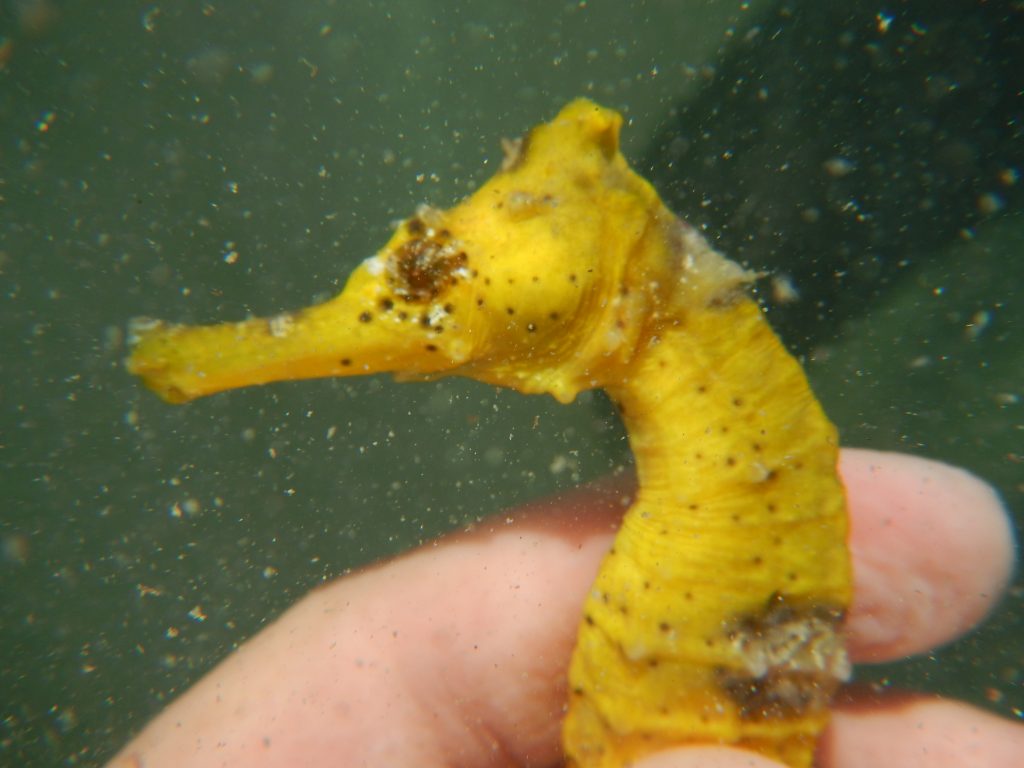Today was the first of two travel days between Glover’s Reef Research Station and Las Cuevas Research Station. We started out the day by travelling via boat back to the mainland. I had taken dramamine, so I slept for almost the entire ride, although I woke up for a brief period of time, and saw a flying fish and some dolphins. I also counted all my bug bites before I fell asleep. I have roughly 374. We had lunch at the marina, stopped at the super market to stock up on anything we had run out of, and then we were on our way.
We travelled to the Tropical Education Center, located just outside Belize City. We got a tour of the lodge, and then enjoyed a talk by Dr. Boris Aravelo about his research concerning the conservation of the scarlet macaw. Afterwards, we had dinner and headed to the zoo. The Belize Zoo is a conservation zoo, as in it only takes animals that were confiscated, or can no longer live in the wild for some other reason. All the animals there are native to Belize/Central America.
We got a night tour of the animals, which was super cool. We saw quash, an anteater, two jaguars, a crocodile, a puma, ocelot, and margay, several types of owls, a kinkajou, white lipped peccary, and a tapir. The animals were super cool! We learned that jaguars are super smart and can learn to do tricks, that ocelots growl when they greet each other, and that tapirs are related to horses and rhinoceros. The peccaries were very smelly, as they have a scent gland on their posterior that helps them identify members of their own herd.
I also saw a little cricket-it was tiny, maybe a centimeter long, with antennae that were maybe three or four times its body length. I wasn’t able to identify it, but I plan on looking it up tomorrow. We also saw lots of leaf cutter ants! They were working very hard, carrying their leaves.


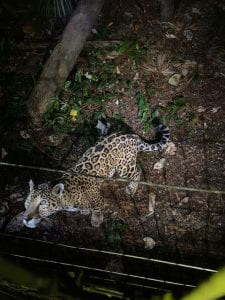
By dinner time tomorrow we should be at Las Cuevas! We have a big day before that, and I’m hoping to be able to write about it here although I’m not sure about the internet situation. If you don’t see any updated blog posts, don’t worry!
-Elena

